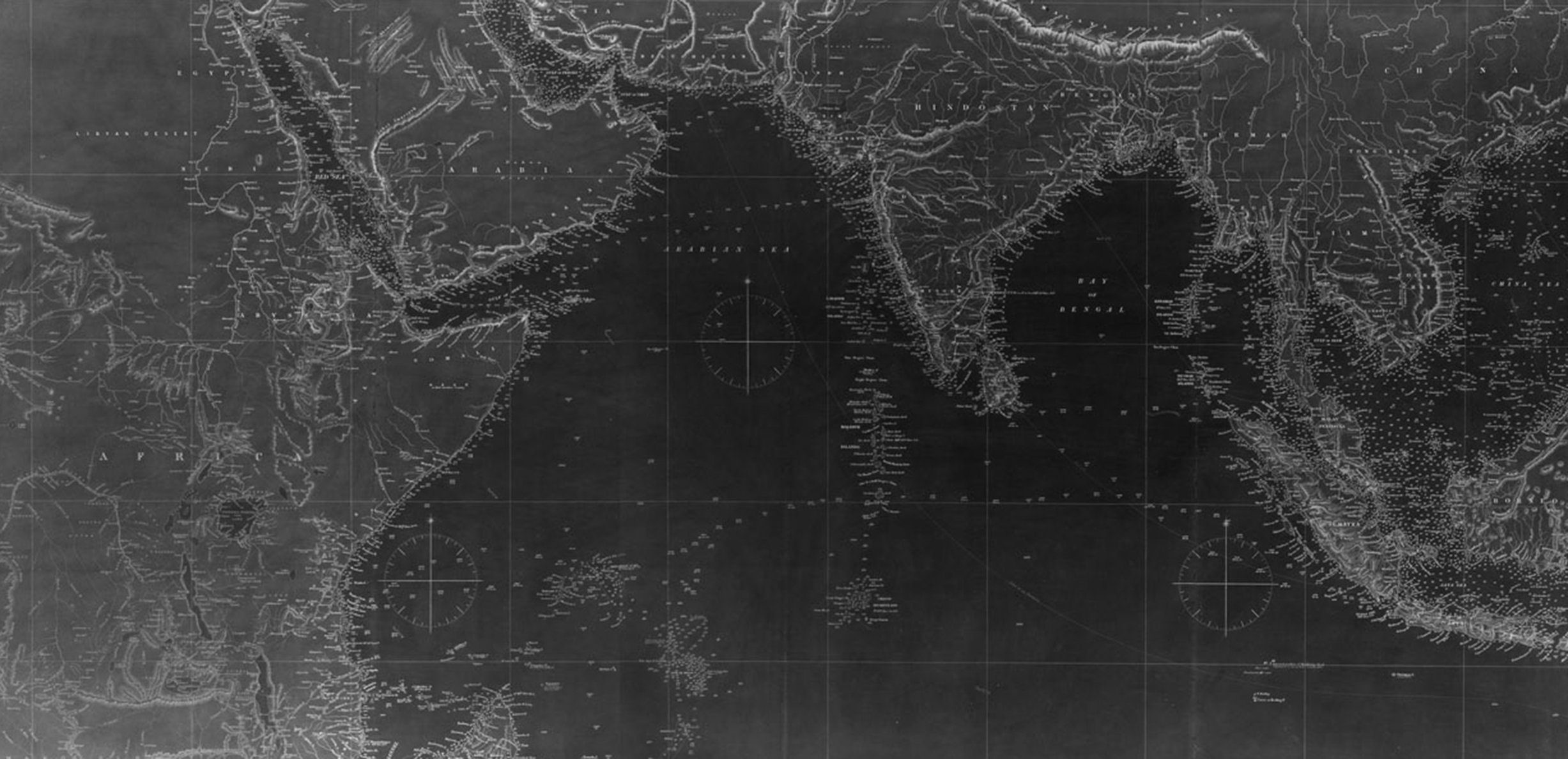
6. American Free Labor Entrepreneurs and Slaveholders in the Indian Ocean
How did the experiences of American “cotton planters” and “slaveholders” as aspiring settler- colonialists in Indian Ocean societies, compare with “masters” of the (North) American South?
Students might discuss the experiences of American planters — both “free labor” and slaveholding — in Indian Ocean societies within the framework of the following questions:
What motives prompted Americans to travel to Indian Ocean societies in the course of the 19th century?
Compare and contrast the experiences of American Slave South plantation overseers hired by British colonial officials to run “free cotton” experiments in India, with the workings and outcomes of what the historian Sven Beckert calls “war capitalism” in North America.
Trace the rise and fall of the American Union surgeon-turned-Indian Ocean slaveholder, Benjamin Wilson, with special reference to the conflicting regimes of local and international law, politics and diplomacy, and culture and enslaved resistance that challenged his mastery over his realm. How did his experiences compare with those of the antebellum South’s planter aristocracy?
Why did American-style settler colonialism fail in the Indian Ocean?
How did the experiences of American merchants, slaveholders, and free labor entrepreneurs reverberate in politics of slavery and sectionalism in North America?
Scroll down for sample sources on some of these topics.
Sample Sources for American Slaveholders and Free Labor Entrepreneurs in the Indian Ocean
Examine the two newspaper reports in this section, both published in the American South in different eras. Source 6A prints a Mississippi overseer’s optimistic account of his prospects as a cotton planter in India in 1842. Source 6B, published in the aftermath of the U.S. Reconstruction era, recalls a visit by the US Navy to the lavish estate of a former Union surgeon from Massachusetts, who reinvented himself as a slaveholder in the Comoros in the 1870s and 1880s.
How do these sources, contextualized by chapters 3 and 8, and 9 in Sojourners, Sultans, and Slaves, shed light on the experiences of American merchants and planters in the Indian Ocean, and the impact of these experiences on the Atlantic politics of slavery and freedom?
Source 6A
Thomas J. Finnie represents himself as a “zamindar” (landlord)
Source: A report published by Mississippi Creole, May 28, 1842, Library of Congress, cited in Sojourners, 99.
Source 6B
The Watchman and Southron
published in Sumter, South Carolina on August 8, 1914 (Library of Congress), recalls a visit to the Indian Ocean estate of former Union soldier-turned Comorian slaveholder, Benjamin Wilson, cited in Sojourners, 287.

